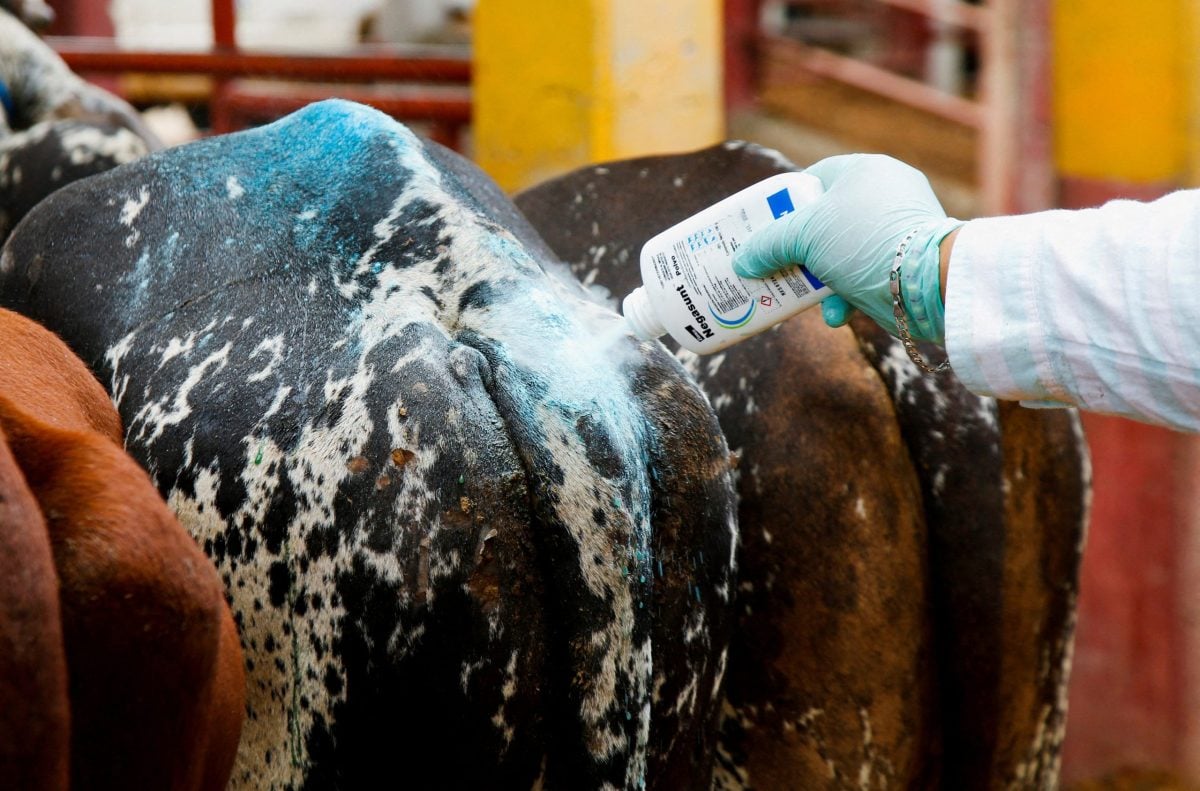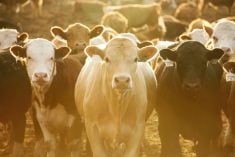Compared to last week, Western Canadian feeder cattle prices were relatively unchanged until Wednesday. The market appeared to soften by $3-$5/cwt on Thursday and Friday. Buyers shrugged off the lower futures market early in the week; however, a cautious and defensive sentiment overcame major feedlot operators closer to the weekend.
The January feeder cattle futures closed Friday at $226.42/cwt, down $13.25/cwt for the week and were down $42/cwt from the September 15 high of $268.50. Quality groups of 600 pound plus cattle were very well bid late into the week and Manitoba auctions also were quite firm on Ontario buying interest.
Read Also

U.S. not ready to lift Mexican cattle ban over screwworm, Agriculture Secretary Rollins says
The U.S. is not yet ready to reopen its border to Mexican cattle amid an outbreak of the flesh-eating New World screwworm parasite, Agriculture Secretary Brooke Rollins said, but she is pleased with Mexico’s efforts to contain the pest.
Auction markets in Alberta reflected the weaker futures market with some average quality cattle trading $8 to $10 below week-ago levels. Given the lower futures in the deferred positions, feeding margins have moved into negative territory for the summer of 2024. On Thursday and Friday, certain feedlot operators sat on their hands and decided to wait until the futures market stabilized. The Lethbridge markets were firm all week.
North of Brandon, larger frame lower flesh Simmental based steers weighing 834 pounds sold for $317 and Charolais based steers averaging 800 pounds sold for $326. In the Saskatoon area, Angus based short weaned steers averaging 730 pound dropped the gavel at $343. In Central Alberta, tan steers off cows and grass averaging 755 pounds with full health data sold for $347. In the same region, shorter weaned black Limousin heifers just under 700 pounds were last bid at $310. Near Lethbridge, larger frame late summer weaned black steers carrying 710 pounds reportedly traded for $355.
North of Calgary, Simmental based steers off cows, grass and silage diet weighing 620 pounds sold for $360. At the Ste. Rose Auction, Charolais based steers weighing a shade over 600 pounds apparently sold for $371 and red heifers weighing 608 pounds notched the board at $312.
Southeast of Saskatoon, a larger group of semi-weaned processed mixed steers weighing 580 pounds sold for $380. In the same region, semi-weaned vaccinated red heifers weighing 558 pounds supposedly traded for $340. At the Lloydminster sale, a larger group of black steers weighing 540 pounds sold for $390 and similar quality heifers weighing 500 pounds notched the chart at $350.
In the November WASDE report, the USDA raised their first quarter beef production estimate by 235 million pounds. Beef supplies are larger than earlier anticipated. The live and feeder cattle futures appear to be incorporating a risk discount due to the uncertainty in demand. Consumers are pulling in the reigns on spending. Interest rates are at 40 year highs and inflation remains elevated. Larger supplies and lower demand results in lower prices.
— Jerry Klassen is president and founder of Resilient Capital, specializing in proprietary commodity futures trading and market analysis. Jerry consults with feedlots on risk management and writes a weekly cattle market commentary. He can be reached at 204-504-8339 or via his website at ResilCapital.com.












